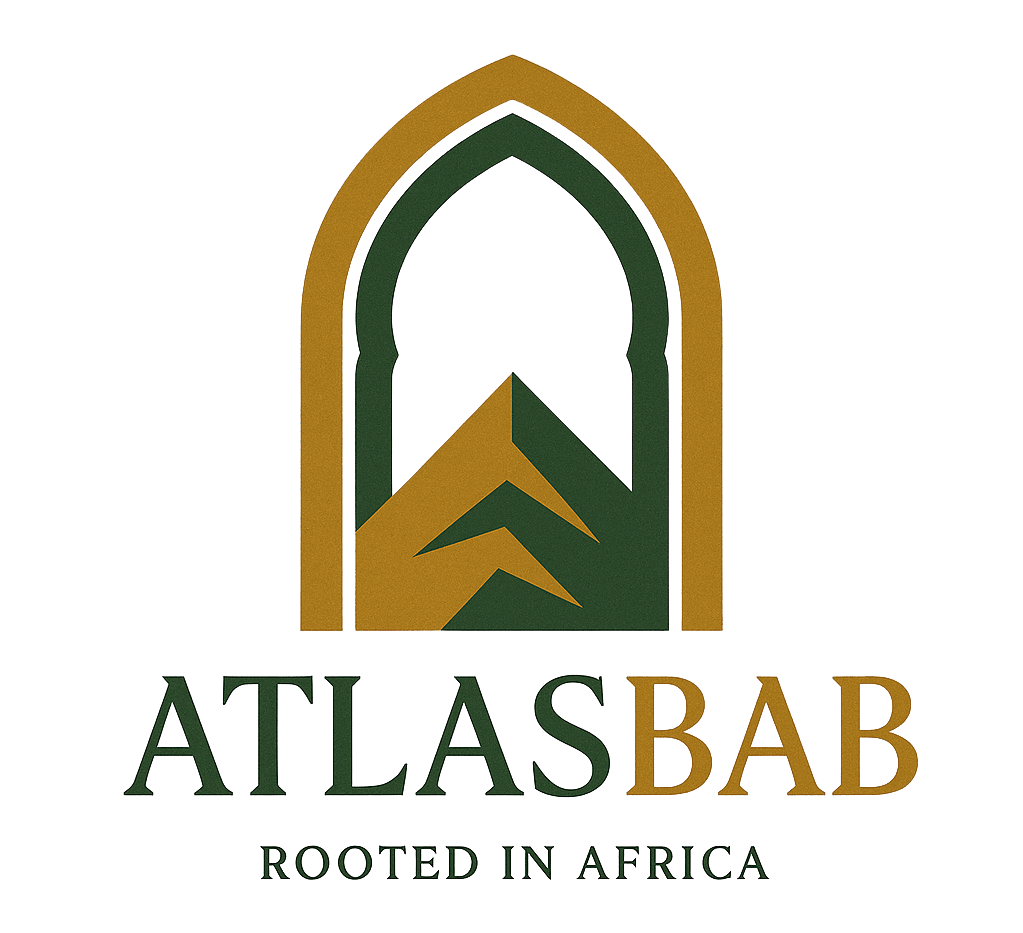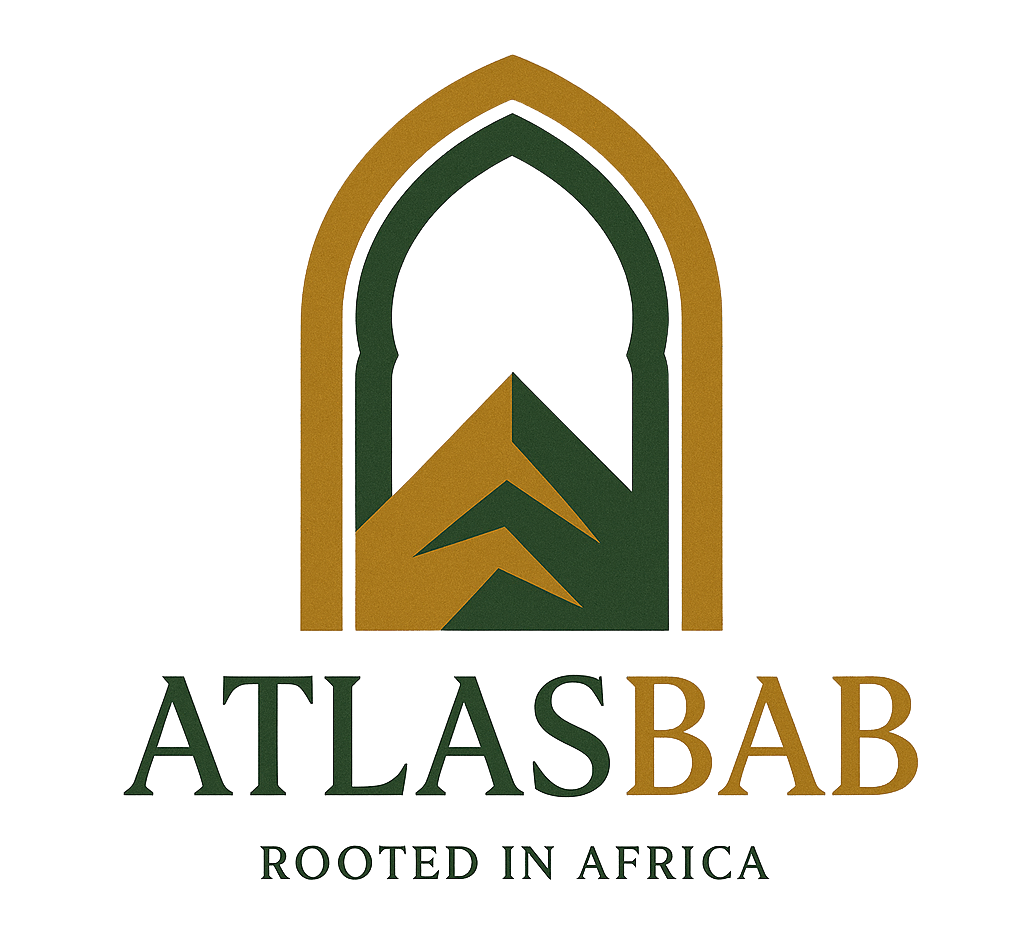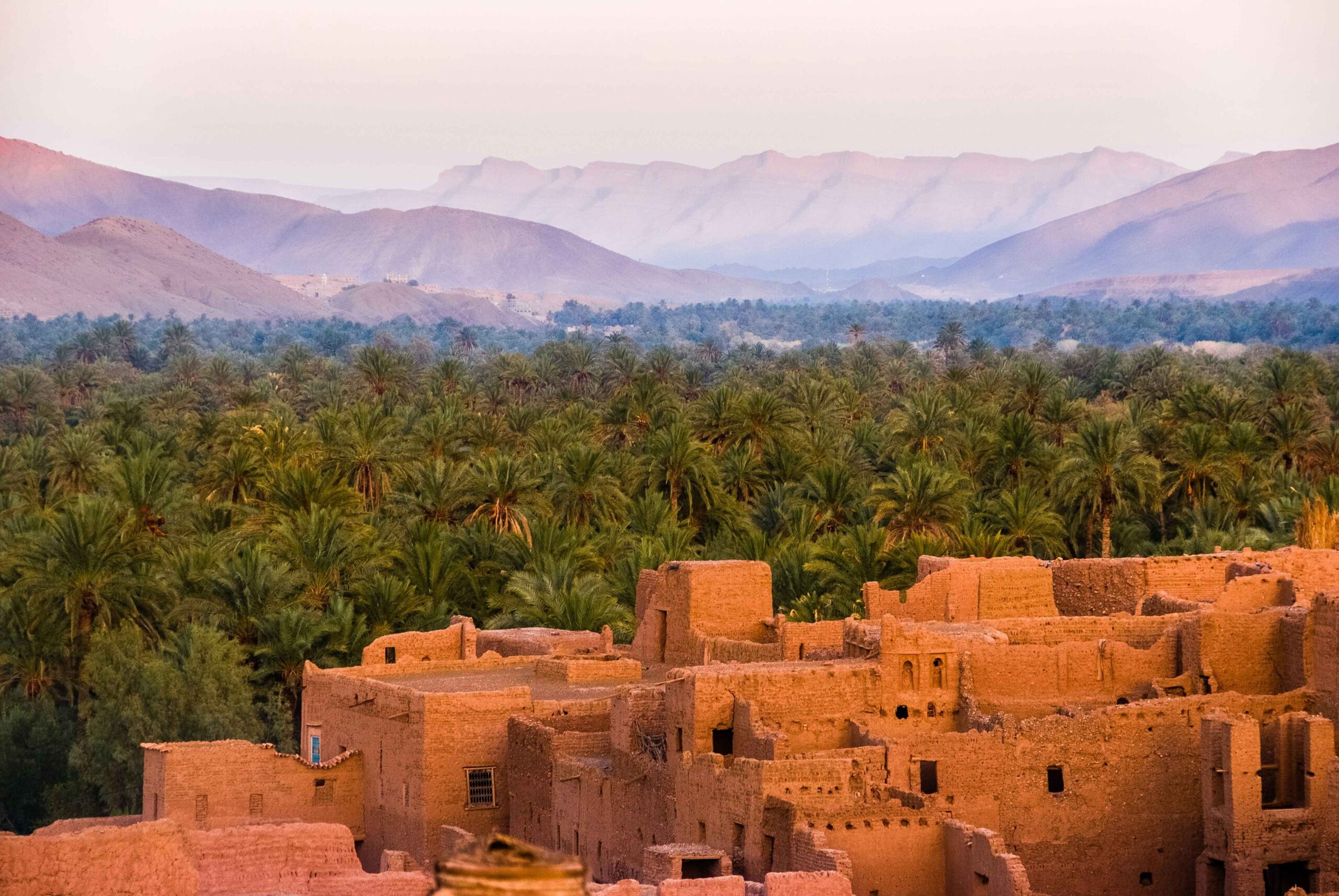Morocco—a land of breathtaking contrasts, where the mountains meet the desert, and the coastline stretches into the horizon. Its landscapes are as diverse as its people, offering a stunning array of natural beauty that stretches from the peaks of the Atlas Mountains to the vastness of the Sahara Desert. Morocco’s nature is more than just a backdrop for its history—it is an integral part of the identity and heritage of the country.
From fertile valleys surrounded by snow-capped peaks to golden sand dunes that stretch as far as the eye can see, Morocco’s landscapes have played a significant role in shaping the lives and cultures of its people. The natural world here is not only awe-inspiring but also deeply embedded in Moroccan traditions, art, and daily life.
Let’s take a journey through Morocco’s most iconic landscapes and explore how nature and the environment continue to shape the country’s identity.
Majestic Mountains: The Heart of Morocco’s Natural Beauty
The Atlas Mountains are perhaps the most defining feature of Morocco’s geography, forming a natural barrier that stretches from the Atlantic Ocean to the Mediterranean Sea. These towering peaks, often covered in snow during the winter, have long been central to Moroccan life, particularly for the Amazigh (Berber) communities who have inhabited them for centuries.
The High Atlas, with its rugged terrain and steep cliffs, is home to some of the most stunning natural beauty in the world. Valleys like the Ourika Valley offer lush greenery and terraced fields, while the Toubkal National Park contains Morocco’s highest peak, Mount Toubkal, which towers over the surrounding landscape at 4,167 meters (13,671 feet). Toubkal attracts trekkers from around the globe who come to explore the region’s unique flora and fauna, as well as the centuries-old Berber villages nestled in its valleys.
The Middle Atlas region offers a gentler landscape, with rolling hills, cedar forests, and cool mountain lakes. This area is known for the ancient forests of Ifrane National Park, which are home to the endangered Barbary macaque, a rare species of monkey that symbolizes the connection between Morocco’s wildlife and its natural landscape.
The Anti-Atlas Mountains, located in the southern part of the country, provide a dramatic shift in scenery, with their arid slopes and deep, orange-hued gorges. The terrain here is much more rugged, yet it still holds an undeniable beauty that has shaped the lifestyle of the people who live there.
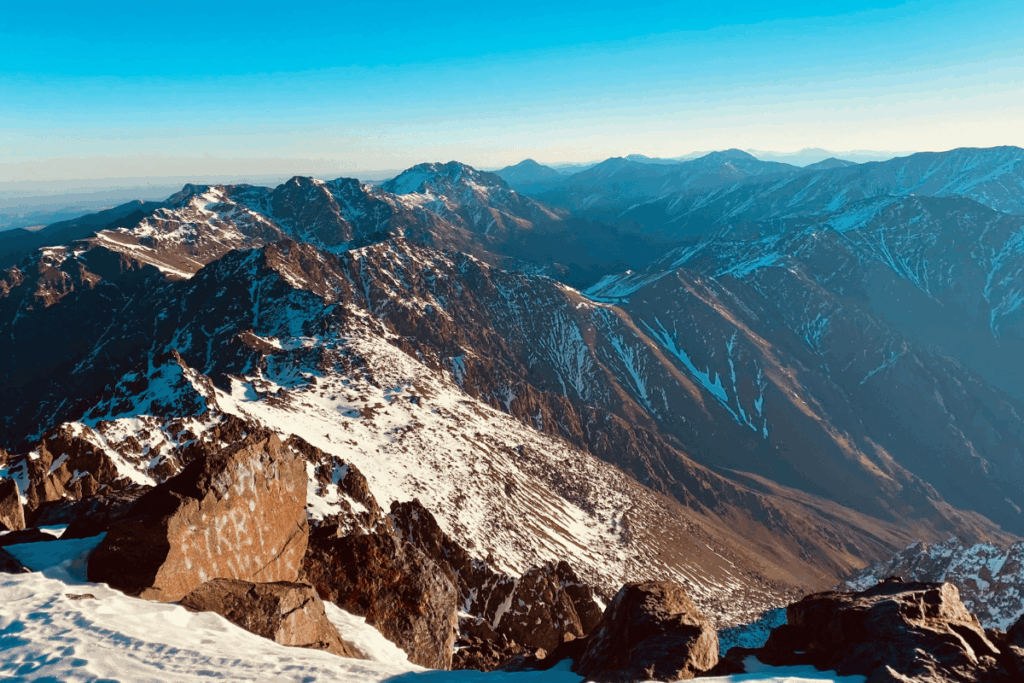
The Sahara Desert: Morocco’s Infinite Heart of Sand
The Sahara Desert is one of the most iconic natural landscapes in the world, and its vastness is both awe-inspiring and humbling. Stretching across several North African countries, the Moroccan portion of the Sahara offers some of the most beautiful and remote areas of the desert.
The Erg Chebbi dunes near the town of Merzouga are perhaps the most famous of Morocco’s desert landscapes. These towering sand dunes, some rising up to 150 meters (492 feet) high, change color with the movement of the sun—from pale yellow to rich golden hues. This shifting landscape creates a surreal and magical atmosphere, especially at sunrise and sunset, when the light casts long shadows over the dunes.
The Sahara is not just an endless sea of sand; it is a place of extraordinary beauty and life. The desert is home to nomadic tribes, who have lived in these harsh conditions for centuries, adapting to the environment and its rhythms. The Berber people of the Sahara continue to maintain a strong connection with their land, living in harmony with the desert’s unique ecosystem.
The desert also offers opportunities for adventure, from camel treks that allow travelers to experience the timeless rhythms of nomadic life to stargazing under the clear night skies, where the Milky Way stretches out in a brilliant arc. The Sahara is not only a natural wonder but a vital part of Morocco’s cultural and spiritual identity.

Coastal Beauty: Morocco’s Mediterranean and Atlantic Shores
Morocco’s coastline stretches for over 1,800 kilometers (1,100 miles), offering a variety of landscapes from rugged cliffs to sandy beaches, and from fishing villages to vibrant port cities. Both the Atlantic Ocean and the Mediterranean Sea provide Morocco with an incredible range of coastal beauty.
The Atlantic coast is home to some of the country’s most famous cities, including Casablanca, Rabat, and Essaouira, each of which has its own unique coastal vibe. Casablanca, with its modern skyline, contrasts with the charming Essaouira, a UNESCO World Heritage site known for its old medina and vibrant harbor. Essaouira’s beaches offer some of the best winds for kitesurfing and windsurfing in Morocco.
The Mediterranean coast, on the other hand, is more tranquil and pristine, with clear waters and beautiful beaches like those in Chefchaouen, a town known for its blue-painted streets and dramatic mountain backdrop. The Mediterranean coastline is also dotted with small, picturesque towns like Al Hoceima and Martil, where visitors can experience a more laid-back and authentic side of Moroccan life.
For nature lovers, Morocco’s coastal areas are home to a variety of wildlife, including sea turtles, dolphins, and a wide range of bird species that make the coastal wetlands their home. The Khnifiss National Park, located on the coast, is one of Morocco’s lesser-known but stunning natural reserves, offering a unique opportunity to experience diverse ecosystems, from saltwater marshes to freshwater lakes.
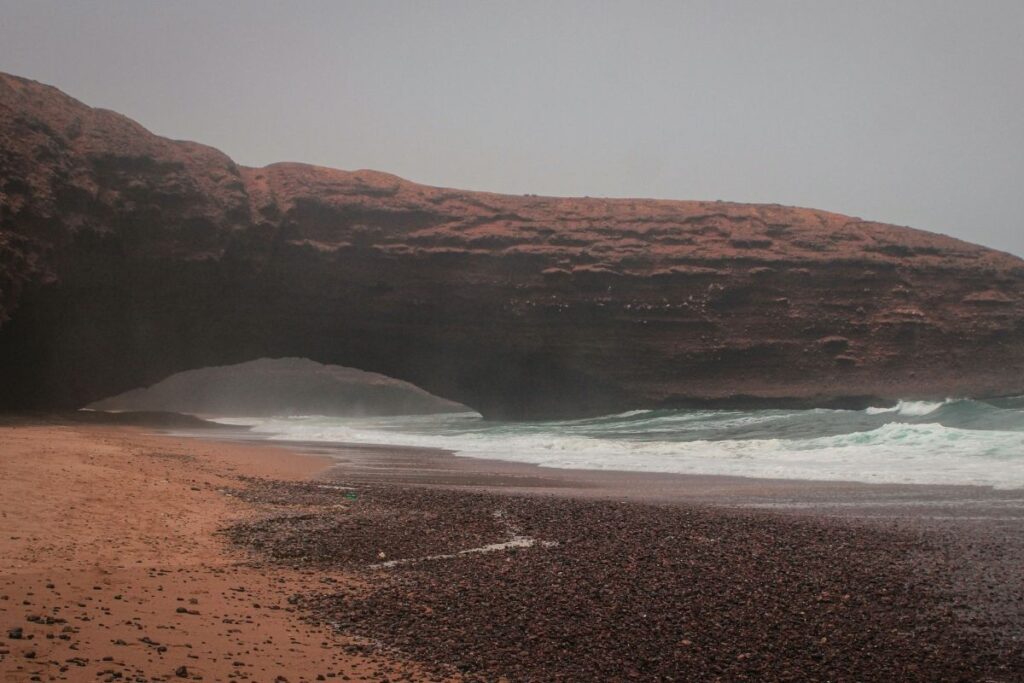
Moroccan Valleys: Lush Oases Amidst the Rugged Landscape
Morocco’s valleys are some of the most fertile and life-sustaining areas in the country. The Draa Valley, for example, is known for its palm groves, ancient kasbahs, and the iconic Ksar of Ait Benhaddou, a UNESCO World Heritage site. The valley has been a historical trade route, connecting Morocco with sub-Saharan Africa, and its landscapes reflect both the beauty of nature and the rich cultural history of the region.
Another stunning valley is the Ziz Valley, located in the southeast of Morocco. The valley is a narrow oasis surrounded by steep cliffs and desert terrain. Its lush date palm groves and dramatic landscapes create an idyllic contrast to the barren desert that surrounds it.
These valleys, nestled between Morocco’s mountain ranges, are where agriculture thrives. The irrigation systems used in the valleys have been in place for centuries, and they continue to provide life-giving water to farmers and their crops. The green expanses of olive trees, vineyards, and date palms stand as a testament to Morocco’s ability to live in harmony with its natural environment.
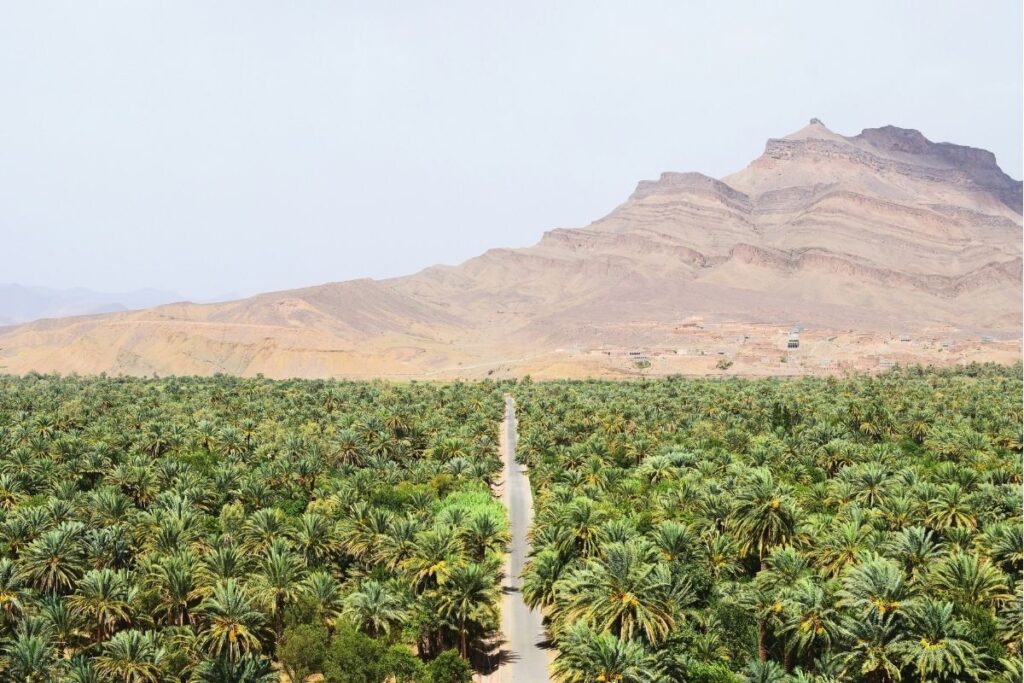
Morocco’s Nature as a Cultural Legacy
The natural landscapes of Morocco are not just backdrops to its history—they are an integral part of its identity. From the peaks of the Atlas Mountains to the vastness of the Sahara Desert, Morocco’s landscapes have shaped the culture, traditions, and way of life of its people for centuries. Whether it’s the resilience of the Berber tribes in the mountains, the nomadic lifestyles in the desert, or the rich coastal traditions, Morocco’s natural environment continues to influence and inspire.
As we celebrate Morocco’s landscapes, we recognize that they are not merely geographical features—they are living, breathing parts of the cultural fabric that define the country. They provide sustenance, beauty, and inspiration to the Moroccan people, and they invite travelers to experience the magic and majesty of Morocco’s diverse natural world.
